Comparative Analysis of Leading Cloud Security Governance Solutions
By Lucy Chen | Published: 2025-02-19 | Category: Cloud Security Governance
About Cloud Security Governance
Cloud Security Governance software provides frameworks and tools to define, enforce, monitor, and manage security policies across cloud infrastructure. These solutions help organizations maintain compliance, mitigate risks, and ensure consistent security posture in multi-cloud and hybrid environments.
Scoring Criteria
- → Feature Breadth
- → Integration Capabilities
- → Ease of Use
- → Compliance Management
- → Reporting & Analytics
- → Vendor Support & Reputation
The Best Cloud Security Governance
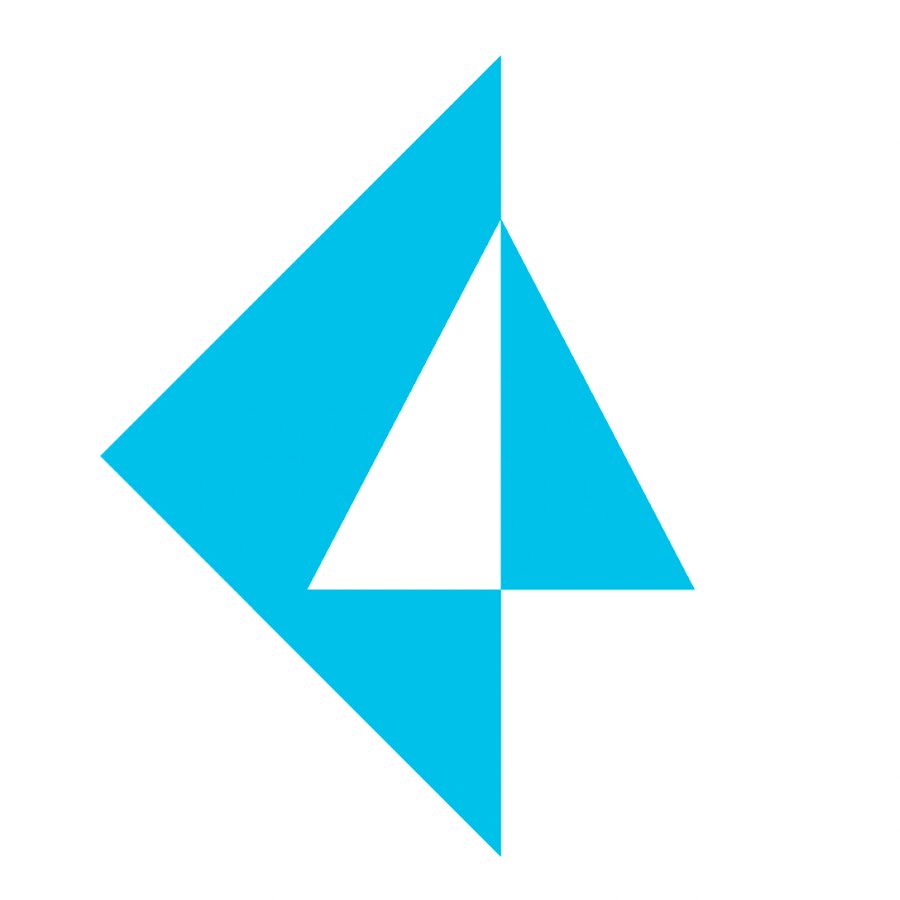
Prisma Cloud
By Palo Alto Networks
Comprehensive Cloud Native Application Protection Platform (CNAPP) offering broad security capabilities from code to cloud.
Platforms & Use Cases
Platforms: AWS, Azure, GCP, OCI, Alibaba Cloud, Kubernetes, Serverless
Best For: CSPM, CWPP, CIEM, Code Security, Web App & API Security, Network Security, Data Security, Compliance Monitoring
Key Features
- ✓Cloud Security Posture Management (CSPM): Monitors cloud configurations for misconfigurations and compliance violations. (Extensive policy library)
- ✓Cloud Workload Protection Platform (CWPP): Secures hosts, containers, and serverless functions across the lifecycle. (Agent-based and agentless options)
- ✓Cloud Infrastructure Entitlement Management (CIEM): Manages cloud identities and entitlements to enforce least privilege. (Cross-cloud identity analysis)
- ✓Code Security: Scans Infrastructure-as-Code (IaC) templates and application code for vulnerabilities. (Integrates into CI/CD pipelines)
Scorecard (Overall: 8.5 / 10.0)
Pricing
Credits-based
Contact Vendor
- Access to modules based on credit consumption
- Pay-as-you-grow
Limitations: Pricing complexity can be high
Pros
- + Extremely broad feature set covering most cloud security domains
- + Strong integration capabilities
- + Mature platform with large enterprise adoption
Cons
- - Can be complex to configure and manage fully
- - Higher cost compared to some point solutions
- - User interface can feel overwhelming initially
Verdict
"A leading, comprehensive CNAPP solution ideal for large organizations needing extensive cloud security capabilities across multiple domains."
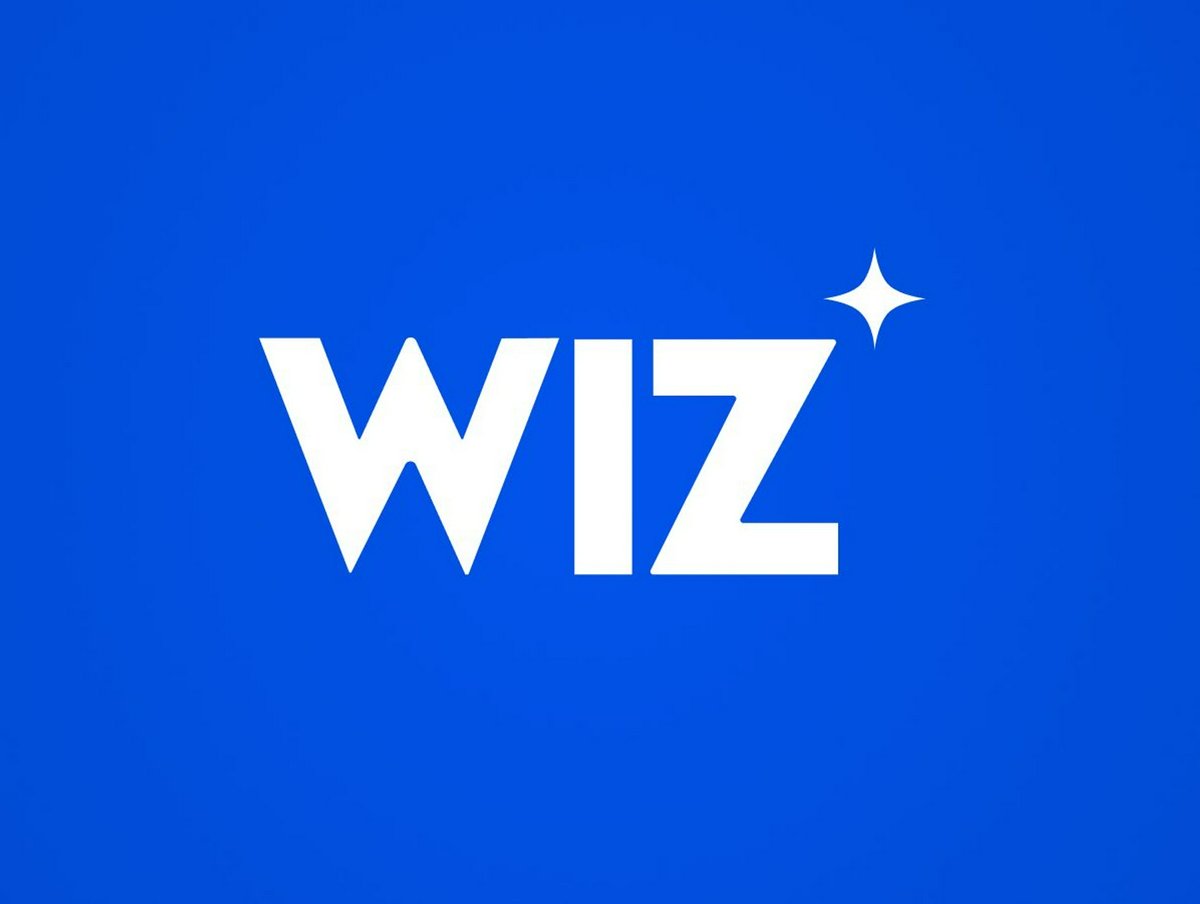
Wiz
By Wiz
Agentless CNAPP focusing on full-stack visibility, risk prioritization, and cloud security graph technology.
Platforms & Use Cases
Platforms: AWS, Azure, GCP, OCI, Kubernetes
Best For: CSPM, CWPP (Agentless), CIEM, Vulnerability Management, Container Security, IaC Scanning, Data Security Posture Management (DSPM)
Key Features
- ✓Agentless Scanning: Provides deep visibility without needing to install agents on workloads. (Fast deployment)
- ✓Security Graph: Correlates risks across cloud layers (network, identity, secrets, workloads, data) to prioritize critical issues. (Context-aware risk assessment)
- ✓Vulnerability Management: Identifies OS and application vulnerabilities within workloads. (Prioritization based on exposure)
- ✓Cloud Infrastructure Entitlement Management (CIEM): Analyzes permissions and access risks. (Effective permissions calculation)
Scorecard (Overall: 8.3 / 10.0)
Pricing
Custom
Contact Vendor
- Based on cloud resource consumption/spend
- Full platform access generally
Limitations: Requires contacting sales for pricing
Pros
- + Rapid deployment and time-to-value due to agentless approach
- + Excellent risk correlation and prioritization via Security Graph
- + Intuitive user interface
Cons
- - Agentless approach might have limitations for certain runtime protection use cases compared to agents
- - Newer company compared to some incumbents (though rapidly growing)
Verdict
"A highly regarded CNAPP known for its agentless approach, ease of use, and powerful risk correlation capabilities, suitable for organizations prioritizing quick visibility and risk reduction."

Orca Security
By Orca Security
Agentless cloud security platform providing workload and configuration scanning via patented SideScanning technology.
Platforms & Use Cases
Platforms: AWS, Azure, GCP, OCI, Alibaba Cloud, Kubernetes
Best For: CSPM, CWPP (Agentless), Vulnerability Management, Compliance Management, CIEM, Shift Left Security, DSPM
Key Features
- ✓SideScanning Technology: Agentless data collection by reading workload runtime block storage and cloud configuration APIs. (Zero-impact on workloads)
- ✓Unified Data Model: Consolidates findings from various cloud assets and risks into a single view. (Contextual risk analysis)
- ✓Compliance Frameworks: Supports numerous industry and regulatory compliance standards. (Automated compliance checks)
- ✓Attack Path Analysis: Identifies and prioritizes toxic combinations of risks that form attack paths. (Actionable risk prioritization)
Scorecard (Overall: 8.3 / 10.0)
Pricing
Custom
Contact Vendor
- Based on number of assets scanned
- Full platform capabilities
Limitations: Pricing not publicly listed
Pros
- + Pioneering agentless approach with SideScanning
- + Comprehensive visibility across cloud assets
- + Easy deployment and broad platform support
- + Strong compliance features
Cons
- - Reliance on snapshots means data is point-in-time, potentially missing ephemeral threats
- - Some runtime detection/prevention capabilities may require agents (offered by competitors)
Verdict
"A leading agentless security platform providing deep visibility and contextual risk assessment with minimal operational overhead, ideal for organizations seeking broad coverage without agent management."
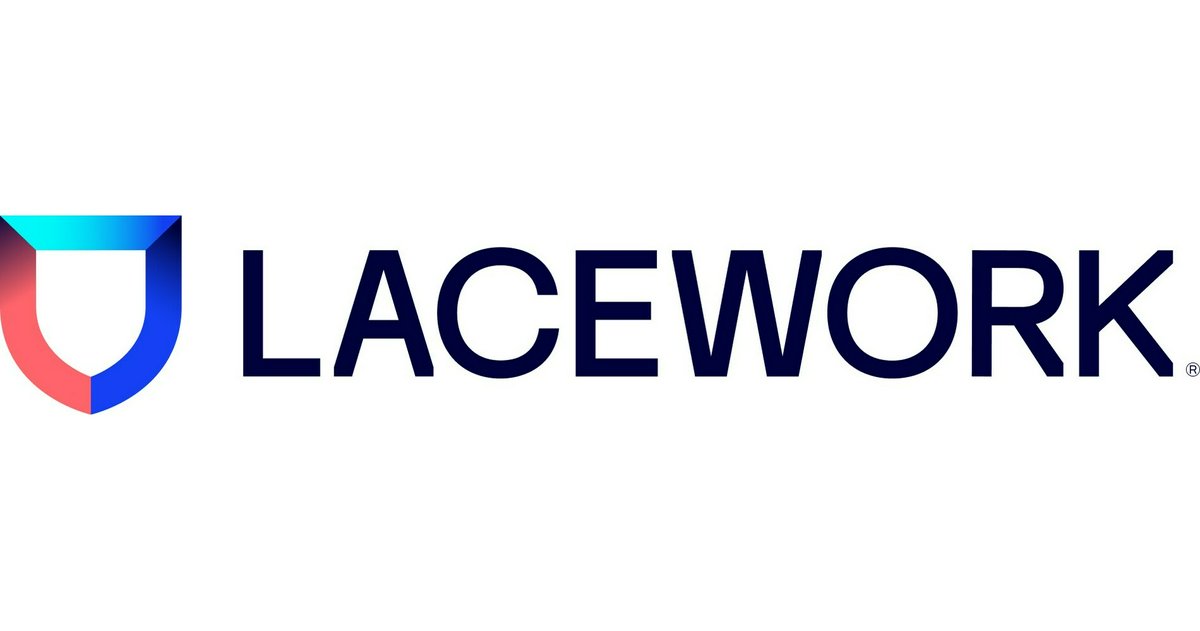
Lacework
By Lacework
Data-driven cloud security platform using anomaly detection to identify threats and misconfigurations across cloud environments.
Platforms & Use Cases
Platforms: AWS, Azure, GCP, Kubernetes
Best For: Cloud Threat Detection, CSPM, CWPP, Vulnerability Management, Compliance Management, Container Security
Key Features
- ✓Polygraph Data Platform: Builds behavioral baselines and uses machine learning to detect anomalies and threats. (Focus on runtime threat detection)
- ✓Agent-based and Agentless Options: Offers flexibility in data collection methods for different assets. (Hybrid approach)
- ✓Configuration Compliance: Continuously assesses cloud configurations against security best practices and compliance standards. (Supports CIS, NIST, PCI DSS, etc.)
- ✓Container Security: Provides vulnerability scanning and runtime security for containers. (Full container lifecycle security)
Scorecard (Overall: 7.8 / 10.0)
Pricing
Custom
Contact Vendor
- Tiered based on usage/resources monitored
- Modules can be purchased separately or bundled
Limitations: Contact vendor for pricing details
Pros
- + Strong focus on threat detection using behavioral analytics
- + Hybrid data collection (agent/agentless)
- + Good visualization of cloud activities and relationships
Cons
- - Anomaly detection can sometimes lead to false positives initially
- - Less broad feature set compared to top-tier CNAPPs like Prisma Cloud in areas like code security or API security
Verdict
"A robust platform particularly strong in behavioral threat detection for cloud workloads and containers, suited for organizations prioritizing runtime security and anomaly identification."
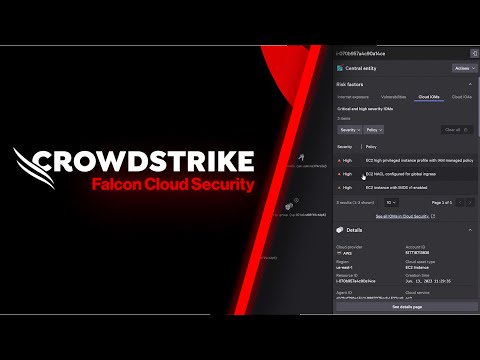
Falcon Cloud Security
By CrowdStrike
Integrated CNAPP extending CrowdStrike's endpoint security leadership into the cloud, offering both agent-based and agentless capabilities.
Platforms & Use Cases
Platforms: AWS, Azure, GCP, Kubernetes
Best For: CSPM, CWPP, CIEM, Container Security, Threat Detection & Response
Key Features
- ✓Unified Platform: Leverages the Falcon platform for endpoint and cloud security. (Single console and agent)
- ✓Agent-Based CWPP: Provides deep runtime protection and EDR capabilities for cloud workloads. (Industry-leading threat detection)
- ✓Agentless CSPM: Scans cloud environments for misconfigurations and compliance issues without agents. (Quick visibility into posture)
- ✓Indicator of Attack (IOA) Detection: Focuses on detecting malicious behavior patterns, not just known signatures. (Advanced threat detection)
Scorecard (Overall: 7.8 / 10.0)
Pricing
Modular/Custom
Contact Vendor
- Modules for CSPM, CWPP, etc.
- Leverages existing Falcon platform licensing
Limitations: Can be complex to license all desired features, Pricing requires consultation
Pros
- + Leverages CrowdStrike's leading endpoint security technology
- + Strong runtime protection (CWPP) capabilities
- + Unified platform for endpoint and cloud
- + Excellent threat intelligence
Cons
- - CSPM capabilities might be less mature than specialized vendors
- - Can be perceived as more focused on workload security than overall posture management
- - Agent deployment required for full CWPP features
Verdict
"A strong choice for organizations already invested in the CrowdStrike ecosystem or those prioritizing best-in-class runtime threat detection and response for cloud workloads."
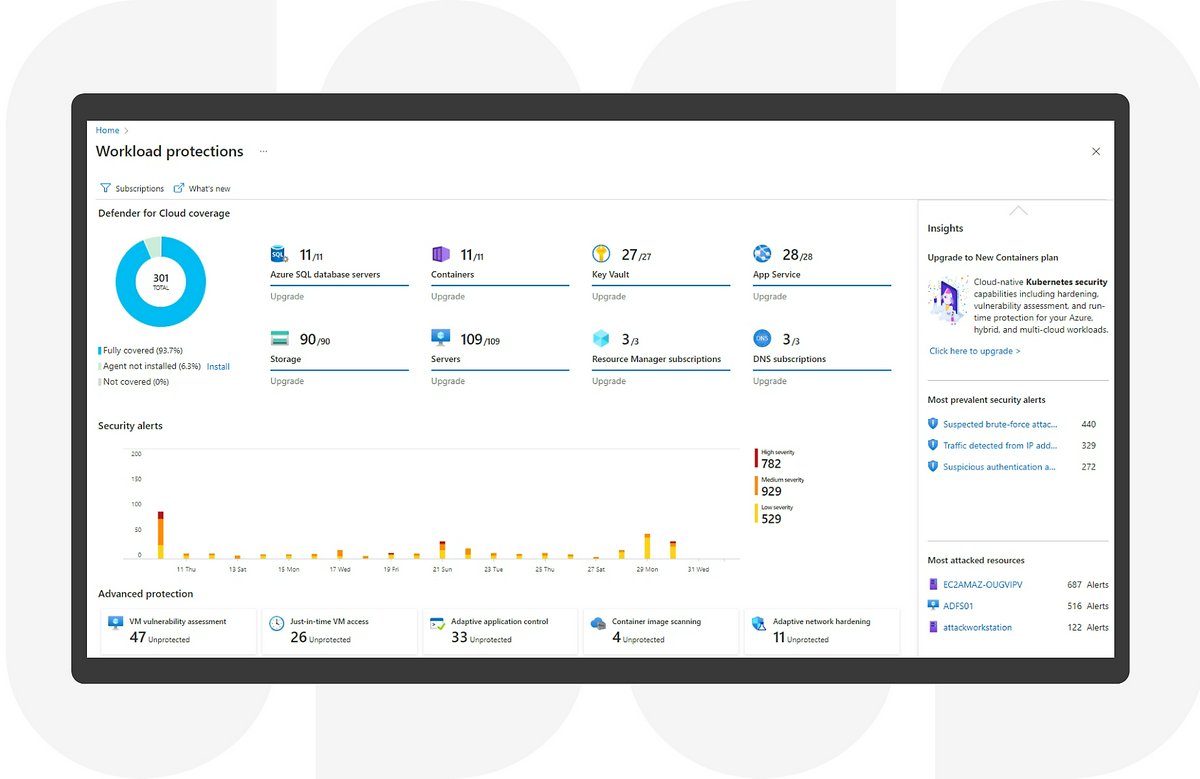
Microsoft Defender for Cloud
By Microsoft
Native CNAPP solution for Azure, also providing multi-cloud capabilities for AWS and GCP.
Platforms & Use Cases
Platforms: Azure, AWS, GCP, Hybrid, Kubernetes
Best For: CSPM, CWPP, CIEM, Vulnerability Management, Threat Protection, Compliance Management, DSPM
Key Features
- ✓Native Azure Integration: Deeply integrated with Azure services for seamless security management. (Auto-provisioning options)
- ✓Multi-Cloud Support: Extends posture management and workload protection to AWS and GCP. (Centralized view)
- ✓Security Recommendations: Provides actionable recommendations based on Azure Security Benchmark and other standards. (Prioritized security tasks)
- ✓Advanced Threat Protection: Detects and alerts on threats across various cloud resources (VMs, databases, storage, etc.). (Leverages Microsoft Threat Intelligence)
Scorecard (Overall: 8.0 / 10.0)
Pricing
Free Tier (Foundational CSPM)
Contact Vendor
- Basic security recommendations
- Secure score
Limitations: Limited threat detection and protection
Paid Tier (Defender Plans)
Contact Vendor
- Per-resource pricing
- Advanced threat detection
- Vulnerability assessment
- Regulatory compliance dashboards
- CWPP features
Limitations: Can become expensive for large environments, Multi-cloud features might lag native Azure capabilities
Pros
- + Excellent integration with Azure services
- + Comprehensive security coverage for Azure environments
- + Strong multi-cloud capabilities (CSPM/CWPP)
- + Leverages Microsoft's extensive threat intelligence
Cons
- - User interface can be complex within the Azure portal
- - Cost can escalate depending on enabled features and resources
- - Features for AWS/GCP might not be as deep as for Azure
Verdict
"The default choice for organizations heavily invested in Azure, offering deep integration and broad capabilities. Also a strong contender for multi-cloud CSPM and CWPP."
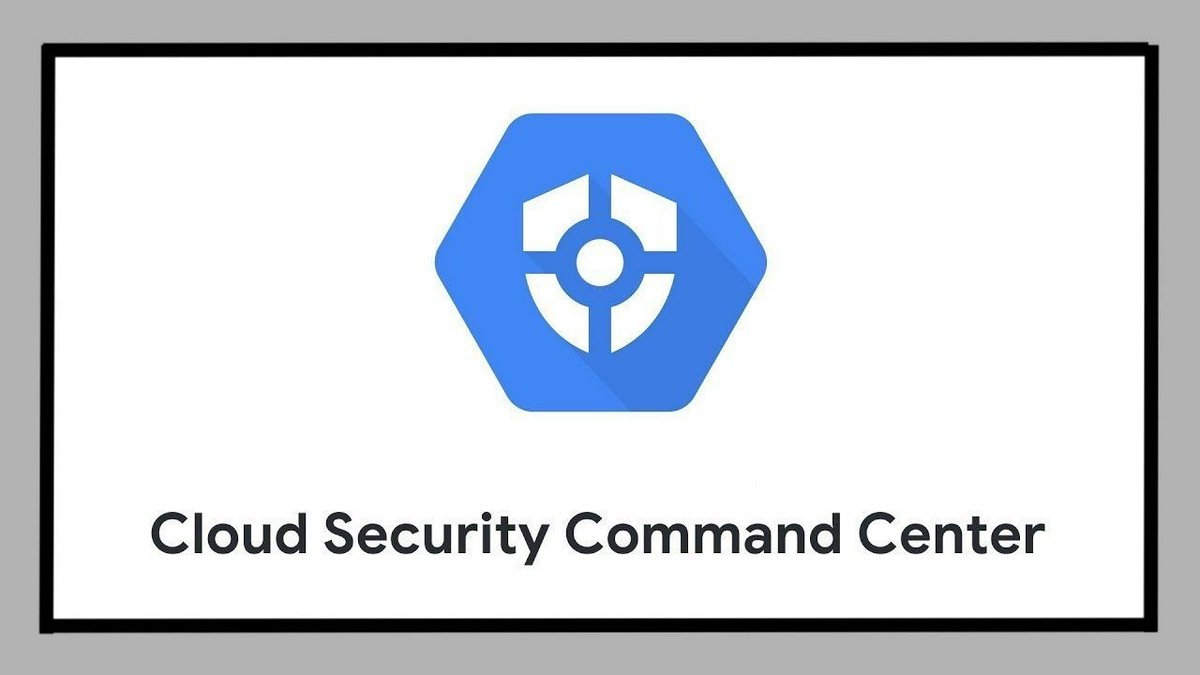
Google Security Command Center (SCC)
By Google Cloud
Google Cloud's native security management and data risk platform providing visibility, compliance, and threat detection.
Platforms & Use Cases
Platforms: GCP, AWS (limited), Hybrid (via partners)
Best For: CSPM, Vulnerability Assessment, Threat Detection, Compliance Monitoring, Data Security
Key Features
- ✓Native GCP Integration: Aggregates findings from various GCP security services (e.g., Security Health Analytics, Web Security Scanner, Cloud DLP). (Centralized GCP security view)
- ✓Security Health Analytics: Provides native CSPM capabilities, detecting misconfigurations in GCP resources. (Automated GCP posture checks)
- ✓Threat Detection: Integrates Event Threat Detection and Container Threat Detection. (Detects common cloud threats)
- ✓Compliance Reporting: Maps findings to common compliance frameworks. (Supports CIS, NIST, PCI DSS)
Scorecard (Overall: 7.5 / 10.0)
Pricing
Standard Tier
Contact Vendor
- Basic Security Health Analytics
- Integration with some GCP services
Limitations: Limited threat detection, Basic compliance
Premium Tier
Contact Vendor
- Advanced threat detection
- Comprehensive compliance reporting
- Vulnerability detection
- Attack path simulation
- Data security features
Limitations: Consumption-based pricing, Can become costly
Pros
- + Deep integration with Google Cloud Platform
- + Centralized visibility for native GCP security tools
- + Strong threat detection capabilities within GCP
- + Premium tier adds significant value
Cons
- - Primarily focused on GCP; multi-cloud capabilities are less mature than competitors
- - Feature set might not be as broad as dedicated CNAPP vendors
- - Premium tier cost can be significant
Verdict
"The essential security governance tool for organizations primarily using GCP, providing native integration and visibility. Multi-cloud users might need supplementary tools."

CloudGuard
By Check Point
Unified cloud security platform offering posture management, workload protection, network security, and application security.
Platforms & Use Cases
Platforms: AWS, Azure, GCP, Kubernetes, VMware
Best For: CSPM, CWPP, Cloud Network Security, Serverless Security, AppSec
Key Features
- ✓Unified Management: Provides a single console for managing various cloud security aspects. (Integrated security suite)
- ✓Posture Management (CSPM): Assesses configurations against best practices and compliance frameworks. (Supports GSL for custom policies)
- ✓Workload Protection (CWPP): Secures VMs, containers, and serverless functions. (Includes runtime protection)
- ✓Cloud Network Security: Offers advanced threat prevention and network segmentation capabilities. (Leverages Check Point's firewall expertise)
Scorecard (Overall: 7.5 / 10.0)
Pricing
Modular/Custom
Contact Vendor
- Purchase specific modules (Posture Management, Workload Protection, etc.)
- Consumption or license-based options
Limitations: Pricing structure requires consultation
Pros
- + Broad security portfolio from a well-established security vendor
- + Strong network security capabilities translated to the cloud
- + Good compliance management features
Cons
- - User interface can feel less modern compared to newer competitors
- - Integration across modules sometimes feels less seamless than unified platforms
- - Can be complex to deploy and manage
Verdict
"A solid choice for organizations, especially those already using Check Point products, needing a broad set of security controls including strong network security for the cloud."
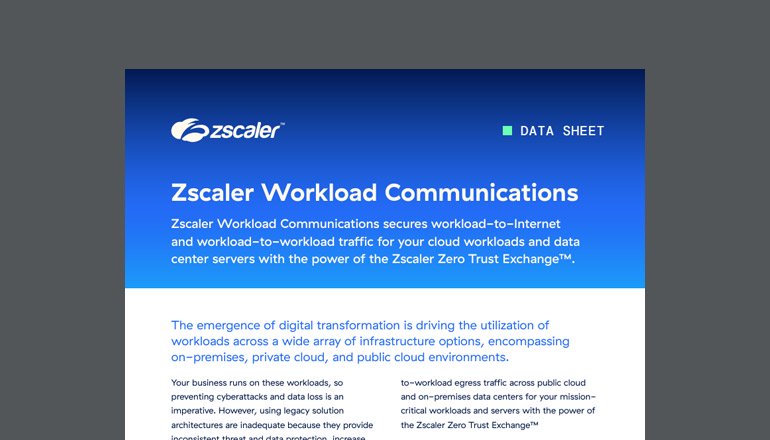
Zscaler Workload Communications
By Zscaler
Zero Trust security solution focused on securing communications between cloud workloads, part of the broader Zscaler Zero Trust Exchange.
Platforms & Use Cases
Platforms: AWS, Azure, GCP, VMware, Bare Metal
Best For: Micro-segmentation, Zero Trust Network Access (ZTNA) for workloads, Application Connectivity, Cloud Network Security
Key Features
- ✓Identity-Based Micro-segmentation: Secures workload communications based on identity, not network location. (Dynamic policy enforcement)
- ✓Zero Trust Connectivity: Eliminates the need for traditional firewalls and VPNs for workload communication. (Reduces attack surface)
- ✓Application Discovery: Automatically discovers applications and their communication patterns. (Simplifies policy creation)
- ✓Integration with Zscaler Platform: Part of the larger Zero Trust Exchange for unified policy management. (Consistent security approach)
Scorecard (Overall: 7.0 / 10.0)
Pricing
Custom
Contact Vendor
- Based on number of workloads or data throughput
- Requires consultation with Zscaler sales
Limitations: Pricing not publicly available
Pros
- + Strong Zero Trust approach to workload communication security
- + Effective micro-segmentation capabilities
- + Reduces attack surface by eliminating lateral movement paths
- + Integrates with broader Zscaler ecosystem
Cons
- - More focused on network/communication security than broader CNAPP capabilities (CSPM/CWPP)
- - May require complementing with other tools for full cloud security governance
- - Primarily focused on securing traffic, not the workload itself
Verdict
"An excellent solution for organizations prioritizing Zero Trust network segmentation and secure workload communications, particularly those already using Zscaler for user access."
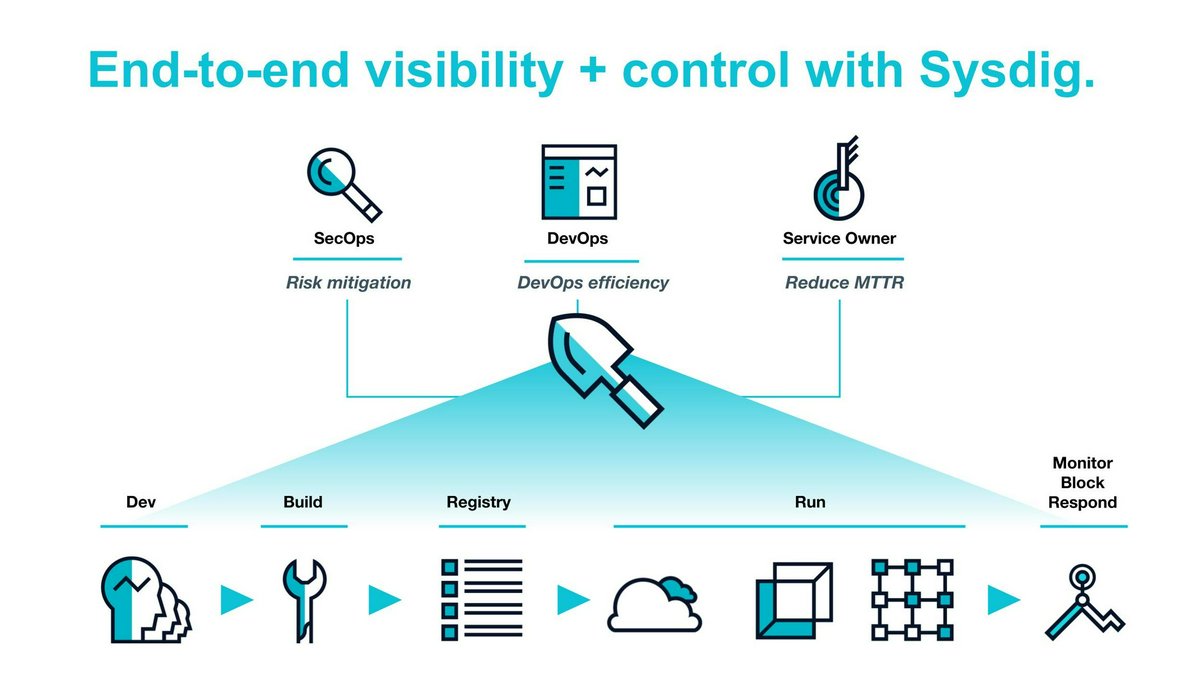
Sysdig Secure
By Sysdig
Cloud security platform with deep runtime threat detection capabilities based on open-source foundations like Falco.
Platforms & Use Cases
Platforms: AWS, Azure, GCP, Kubernetes, OpenShift
Best For: CWPP, CSPM, Container Security, Kubernetes Security, Compliance Management, Runtime Threat Detection
Key Features
- ✓Runtime Threat Detection (Falco): Leverages the Falco engine for real-time detection of threats and suspicious activity in containers and hosts. (Granular system call level monitoring)
- ✓Vulnerability Management: Scans images, registries, and running containers for vulnerabilities. (Prioritization based on runtime context)
- ✓Compliance: Checks configurations and runtime behavior against compliance standards (PCI, NIST, SOC2). (Evidence gathering)
- ✓Kubernetes Security Posture Management (KSPM): Specific checks and controls for Kubernetes environments. (Deep K8s visibility)
Scorecard (Overall: 7.2 / 10.0)
Pricing
Modular/Custom
Contact Vendor
- Priced per node/agent
- Different tiers or modules for specific capabilities
Limitations: Requires agent deployment, Pricing requires contacting sales
Pros
- + Industry-leading runtime threat detection based on Falco
- + Deep visibility into container and Kubernetes environments
- + Strong open-source heritage
- + Good integration with DevOps toolchains
Cons
- - Requires agent deployment for core functionality
- - CSPM features might be less extensive than some competitors
- - User interface can be complex for beginners
Verdict
"A powerful platform particularly strong in runtime security for containers and Kubernetes, ideal for organizations prioritizing deep visibility and threat detection in modern application environments."

Final Thoughts
The Cloud Security Governance market is dominated by comprehensive Cloud Native Application Protection Platforms (CNAPPs) offering broad feature sets including CSPM, CWPP, and CIEM. Leaders like Palo Alto Prisma Cloud provide extensive capabilities but can be complex, while agentless solutions from Wiz and Orca Security offer rapid visibility and ease of use. Native cloud provider tools (Microsoft Defender for Cloud, Google SCC) excel within their ecosystems, and specialists like CrowdStrike and Sysdig offer deep expertise in workload protection and runtime security.